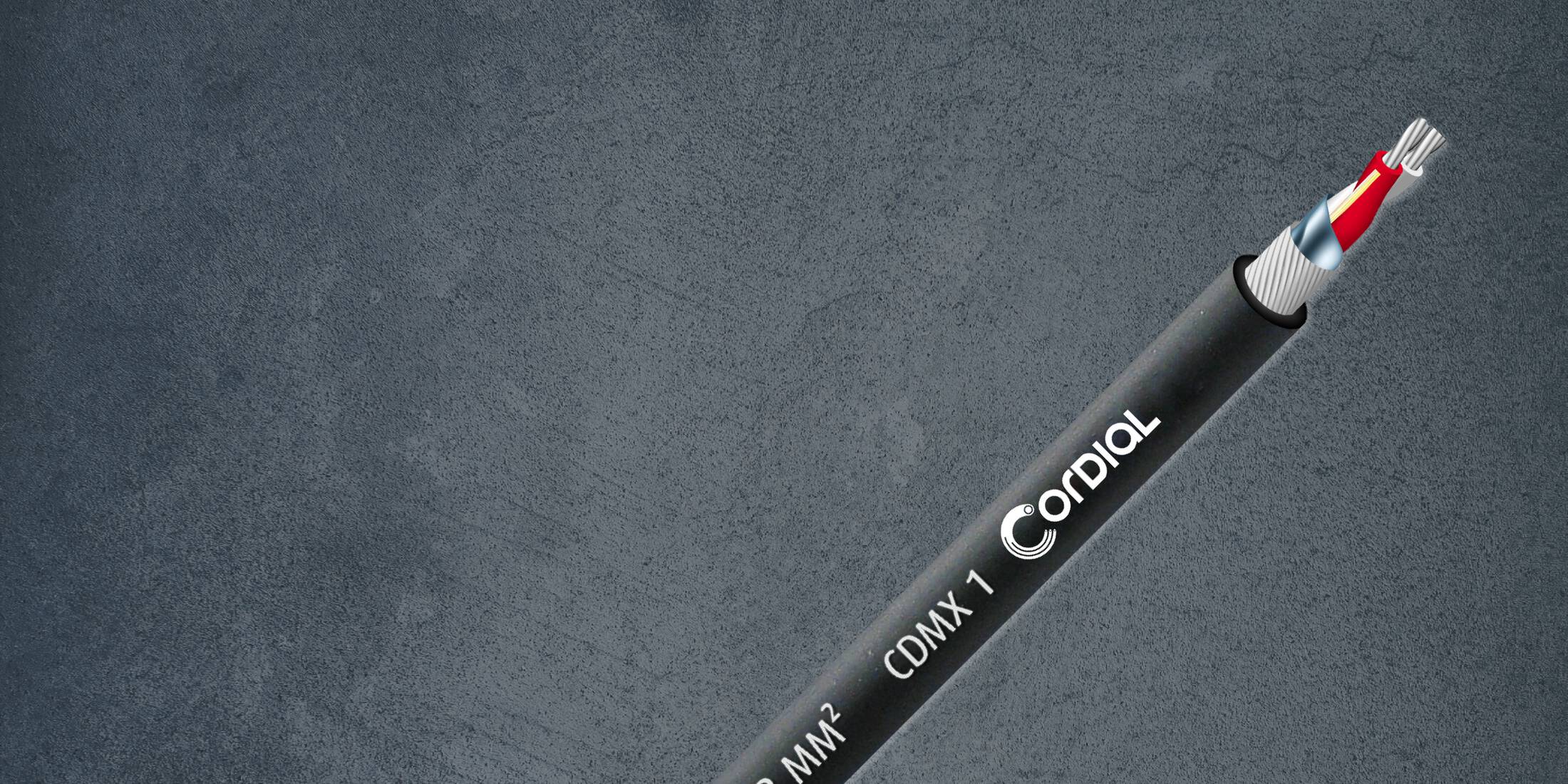A crucial component inside a cable is the type of shielding or screening employed. Different types of shielding essentially serve to protect the signal conductors from external interference (electric and/or magnetic fields), thus optimizing a cable's electromagnetic compatibility (EMC) and ensuring that a signal transmission is as unimpeded and free of interference as possible.
The main types of shielding are foil shields, spiral shields and braided shields.
A foil shield usually consists of a plastic foil that is coated with aluminum on the outside and bare/uncoated on the inside (also known as aluminum-laminated foil). It usually covers the inner conductors 100 percent, even when it comes to small bending radii, and has the added benefit of mechanically stabilizing the cable as well. Coating with other metals, such as copper, is also possible.
The foil is either wrapped or laid around the conductor(s) (longitudinally in the movement direction) and, if necessary, additionally glued or welded.
Also important here is the so-called shield wire, a non-insulated strand with a small cross-section, which runs under the shield and grounds the shield respectively connects it via the connector.
Foil shields are often used in the high-frequency range, as they have the best possible shielding properties when it comes to the aforementioned electromagnetic fields (depending on the applied material and thickness). With 60 to 65 dB, foil shields provide a good attenuation value.
In principle, foil shielding is used in cables where the maximum possible cable flexibility is not that important. Understandably, a fully enclosing foil, which acts like a tube, does not have mechanical properties that are as effective as a spiral or braided shielding. In cases of heavy mechanical stress, a foil shield could even break, and that is why engineers also resort to different types of shielding when other aspects such as flexibility and even drag-chain suitability have to be considered.
